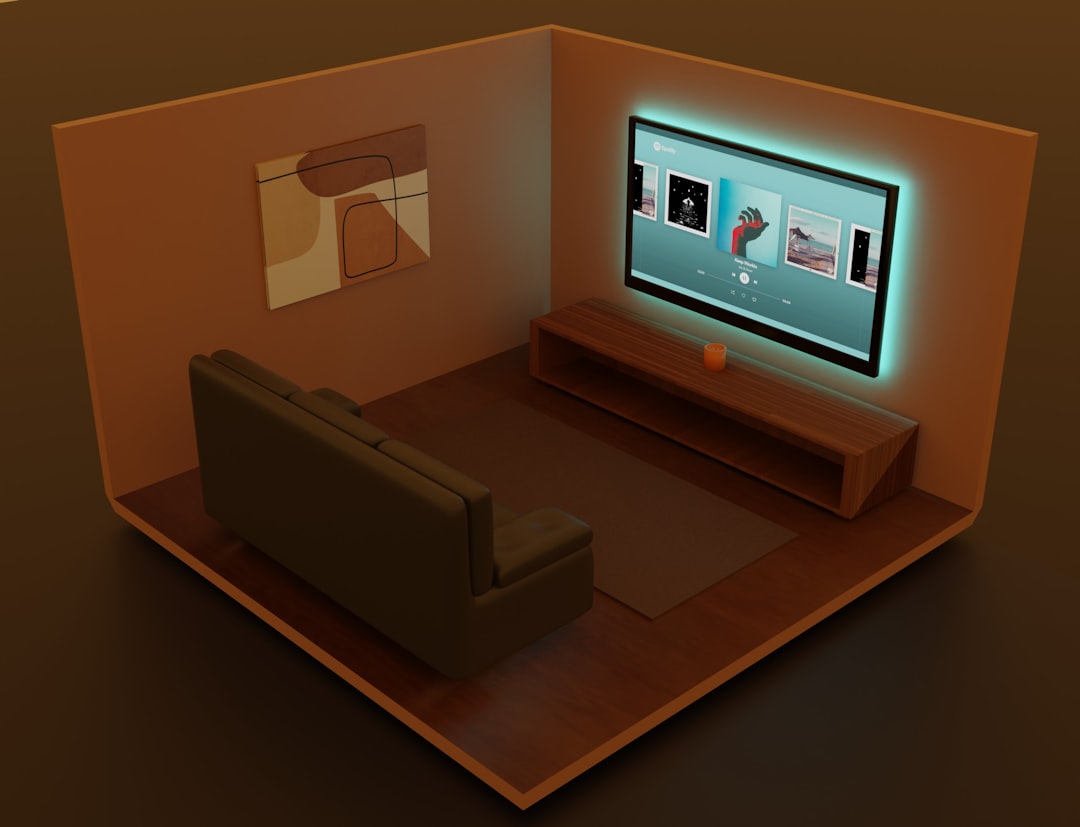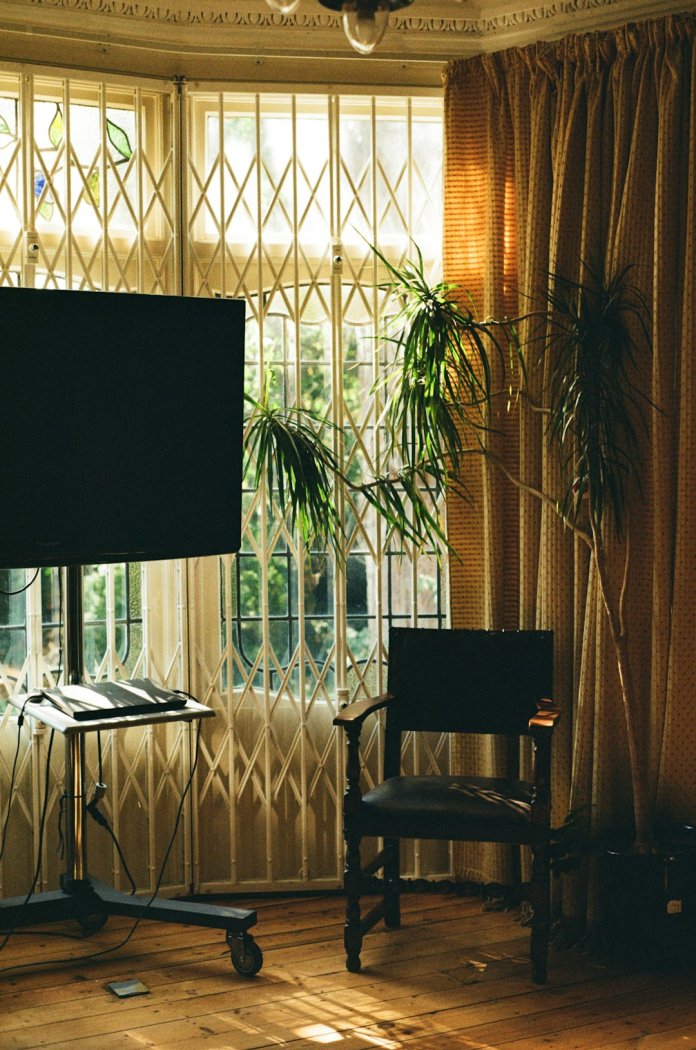When upgrading your home entertainment system or designing a new office presentation space, one of the most important decisions you’ll face is choosing the right projector. Among the many factors to consider, the throw distance plays a pivotal role. It determines where you can place your projector in relation to your screen and significantly impacts image quality, room layout, and viewer experience. In this article, we’ll guide you through the key differences between short-throw and standard-throw projectors, helping you decide which is a better fit for your unique space.
Understanding Throw Distance
Before diving into comparisons, let’s first understand what “throw distance” means. Throw distance refers to the space between the projector lens and the screen. It determines the size of the projected image.
- Short-Throw Projectors: Require a short distance (typically 3 to 8 feet) from the screen to produce a large image. Some ultra short-throw models can sit mere inches away.
- Standard-Throw Projectors: Usually require 8 feet or more to project a large image and are often ceiling mounted or placed on the back of the room.
Ideal Room Size and Layout
One of the most critical factors in your decision-making should be the size and shape of the room where the projector will be used.
Short-Throw Projectors: These are ideal for smaller rooms or areas where people may be moving around during presentations or gameplay. Since the projector is placed closer to the screen, there’s minimal chance of someone casting a shadow or walking through the light path.
Standard-Throw Projectors: These work best in larger rooms where there is ample space to mount the projector farther from the screen. Boardrooms, large home theaters, and classrooms often choose this style thanks to the flexibility in zoom and lens-shift capabilities.

Image Quality and Brightness
There is a common misconception that throw distance affects image resolution, which is not entirely accurate. However, the placement of the projector can influence perceived image clarity, brightness, and contrast.
- Short-Throw: Due to their close proximity to the screen, short-throw projectors often have to handle more distortion correction. Some models might show slight focus uniformity issues at screen edges. The advantage: they’re less likely to lose brightness over distance.
- Standard-Throw: Generally provide a more uniform image across the screen when placed at optimal distances. They’re also more likely to support interchangeable lenses, allowing for greater flexibility in image customization and sharpness.
Tip: If you’re planning to use the projector in a well-lit room, pay attention to its brightness measured in lumens. In these cases, short-throw projectors may be advantageous, as they can deliver a brighter image thanks to less distance for the light to travel and scatter.
Installation and Placement Flexibility
How and where you can place the projector is a vital consideration. Do you want a portable solution, or are you planning on a permanent ceiling mount?
- Short-Throw: These projectors can often be placed on low-profile furniture right in front of a screen, which eliminates the need for ceiling mounts or long cables. This is excellent for mobile setups or renters.
- Standard-Throw: While they may require a bit more logistical planning, mounting mid or rear-room can prevent obstructions and keep cables and equipment out of sight. For permanent installations, they can create a cleaner look at the screen area.
Most short-throw projectors also reduce setup complications like keystone adjustments or focus drifting, especially in multi-purpose rooms where time between setup and use is limited.
Cost Considerations
Price can be a determining factor, and throw type can influence your budget considerably.
- Short-Throw: These tend to be more expensive than standard-throw counterparts with similar image quality. The optics and technology needed to project a large image from a short distance add to the cost.
- Standard-Throw: Offer more variety in terms of price range. For budget-conscious buyers, it’s easier to find affordable standard-throw models with good specs.
However, consider the overall setup: mounting hardware, cabling, external speakers, and installation labor. A short-throw model may be more expensive up front but offset those secondary costs.
Use Case Scenarios
Let’s take a look at which type of projector shines in specific use scenarios:
- Home Theater: If your room is compact and you don’t want to mount devices, a short-throw projector lets you build a cinematic setup even in tight spaces. In larger dedicated theater rooms, a standard-throw model gives you more control over screen size and placement.
- Gaming: Short-throw projectors are increasingly favored by gamers. Low-latency models positioned very close to the screen reduce input lag and physical obstructions.
- Business Presentations: For boardrooms or educational environments, standard-throw projectors are typically ceiling mounted, keeping the floor space open and minimizing distractions.
- Multi-Purpose Rooms: If your setup changes frequently—perhaps it’s a living room one day, game room the next—a short-throw model offers unbeatable flexibility.

Pros and Cons At a Glance
| Aspect | Short-Throw Projector | Standard-Throw Projector |
|---|---|---|
| Installation | Easy, portable, no ceiling mount needed | May require mounting & longer cables |
| Space Requirement | Ideal for small spaces | Needs more room between screen and lens |
| Image Distortion | Possible around edges | Usually minimal distortion |
| Affordability | Can be more expensive | Wider range for all budgets |
| Flexibility | Highly versatile for varied setups | Best for permanent installations |
Final Verdict: Which One Should You Choose?
Ultimately, the winner depends on your space and how you intend to use the projector. Here’s a quick decision checklist:
- Choose a Short-Throw Projector if:
- You have a small room and limited distance to your screen.
- You need a projector that’s easy to set up and dismantle.
- You want to avoid ceiling mounts and long cables.
- Choose a Standard-Throw Projector if:
- You have a large room with rear projection possibilities.
- You’re fine with a more permanent installation.
- You seek better lens control and potentially larger image sizes.
Whichever option you go with, understanding your specific needs and space limitations ensures you make a smart investment. Don’t forget to consider light conditions, image needs, and future scalability as part of your decision.
As projection technology continues to evolve, both short-throw and standard-throw options are growing more advanced and accessible—meaning no matter your choice, you’re in for a great viewing experience.
